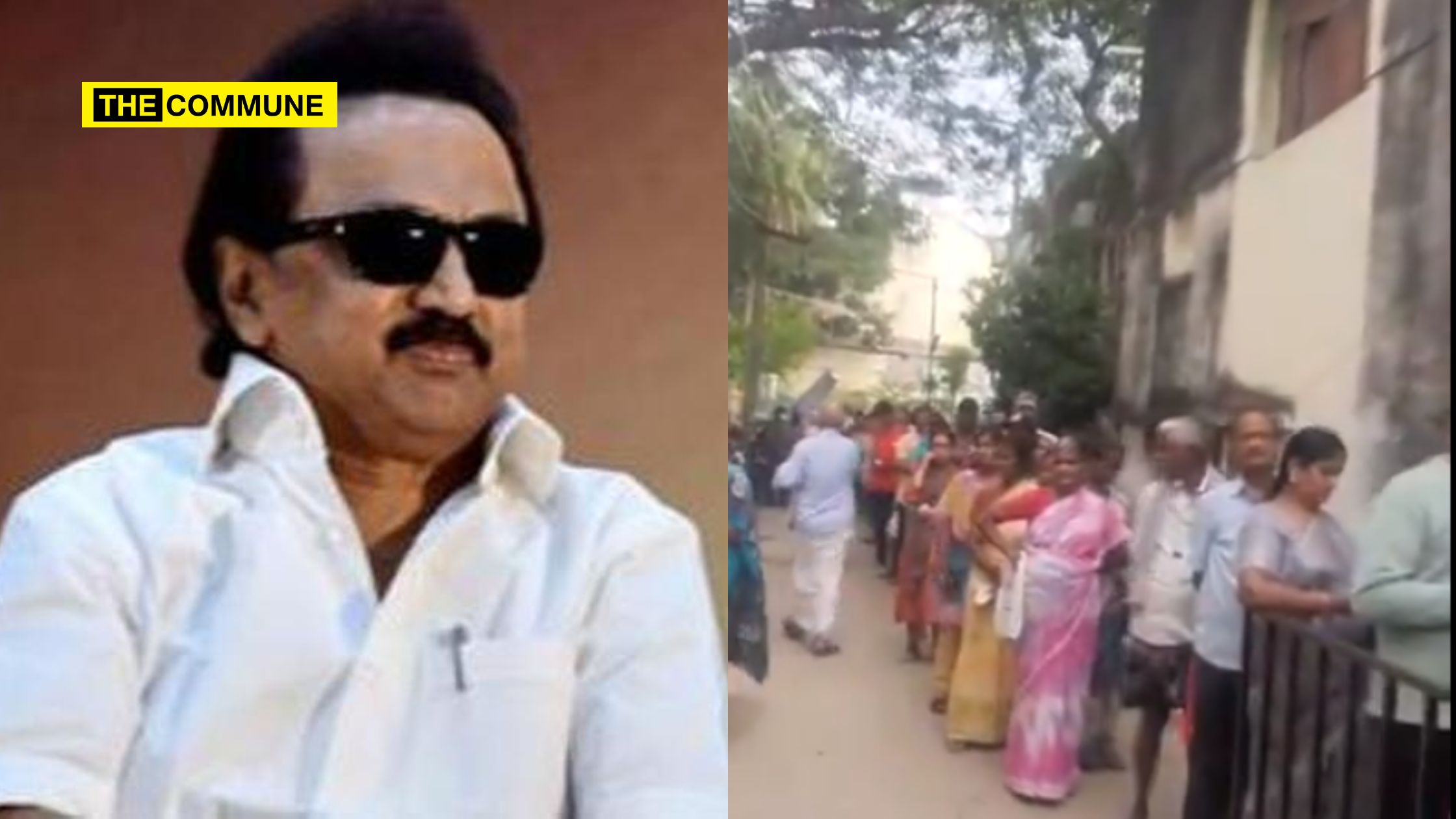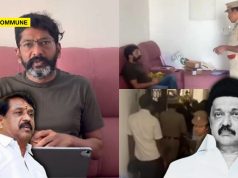
The Dravida Munnetra Kazhagam-led Tamil Nadu state government has come under scrutiny for its handling of the distribution of relief funds to flood victims, as citizens decry the inefficient and demeaning process involved in claiming the allocated ₹6000. The criticism has sparked calls for a shift towards more modern and direct transfer methods.
#CycloneMichaung நிவாரணத் தொகை pic.twitter.com/kcxoxvmCJl
— M.K.Stalin (@mkstalin) December 17, 2023
Despite technological advancements and the widespread use of digital solutions such as internet banking and Aadhaar verification, citizens across Chennai were seen standing in long queues over the weekend to collect tokens for the flood relief funds. This manual process is seen as outdated and unnecessary and has raised concerns about the dignity of affected individuals and the overall effectiveness of the relief effort.
In various areas of the city, reports indicate that the distribution process has been marred by inefficiencies and discrepancies. Long queues formed outside ration shops as people sought to verify their eligibility for the relief funds. Complaints about the uncertainty and time-consuming nature of collecting tokens have been voiced, with some citizens, including senior citizens, enduring hardship during the process.
Speaking to Times of India, an Ambattur resident Muralidharan lamented, “I stood from 2.30 pm to 4 pm in the park but returned empty-handed because my name was not on the list,”. Similar scenes were witnessed across the city, with individuals being turned away despite being in need of assistance.
Critics argue that the state government’s insistence on a manual token system reflects a lack of transparency and efficiency in the relief distribution process. Calls have been made for the list of beneficiaries to be made public online to ensure transparency and accountability.
In Nanganallur as reported by TOI, concerns were raised as only 700 tokens were issued to approximately 1,500 individuals holding rice ration cards. V. Rama Rao, secretary of the People’s Awareness Association, highlighted the uncertainty surrounding the token distribution process, adding that it was particularly challenging for senior citizens.
The state government’s decision to utilise traditional methods for relief disbursement has sparked accusations of sadism and unnecessary hardship, especially considering the availability of digital alternatives. Critics argue that in the 21st century, with advanced technologies like UPI at our disposal, the manual distribution process is out of step with the state’s claim of being a developed region.
https://twitter.com/anbezhil12/status/1736603759525175443
Scientific DMK Corruption activated🚨
Instead of directly depositing Rs 6000 into bank accounts of those affected, why is the DMK Government making people stand in long queues ? Is this another trick in the corruption play book of DMK ? I strongly believe so. https://t.co/9nnqRczZww pic.twitter.com/FOU9svaMmP
— Amar Prasad Reddy (@amarprasadreddy) December 17, 2023
As citizens endure long queues and uncertain processes, questions linger about the necessity of such antiquated methods in the face of contemporary digital solutions. The public awaits a response from the authorities regarding the number of families that have received tokens and demands for greater transparency in the relief distribution process.
Subscribe to our channels on Telegram, WhatsApp, and Instagram and get the best stories of the day delivered to you personally.




